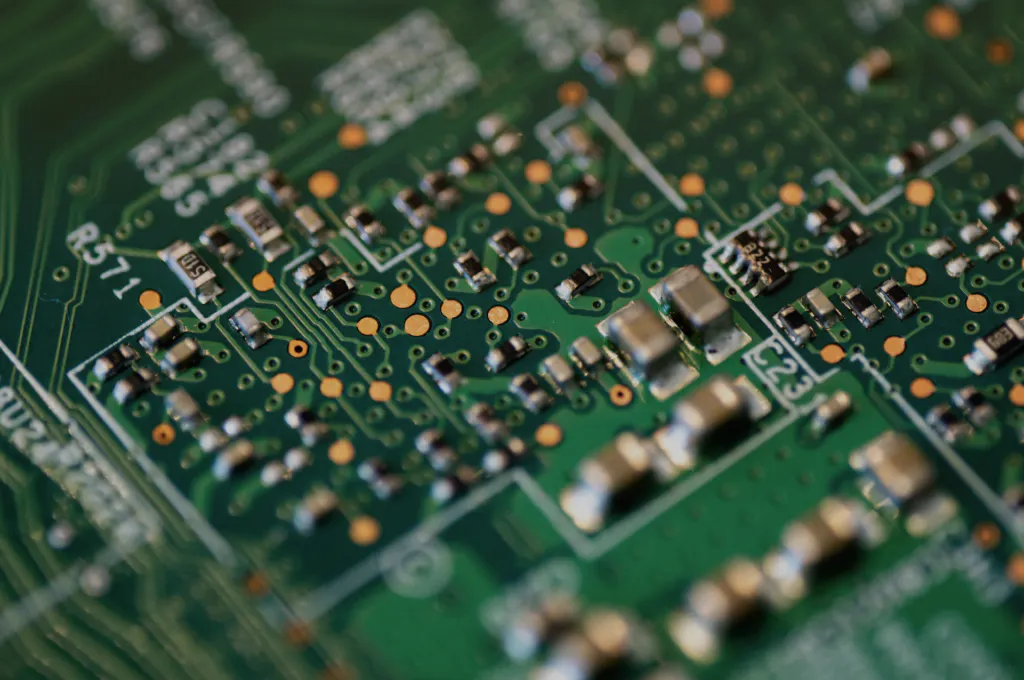Happy Sunday 53% males and 47% females.
Been working heaos and catching up on great stuff here, a big thankyou for great stuff post and entertaining giggles as well.
I was chatting too a friend about Brn as i do in random conversations and was talking about the large volumes exchanging hands Friday. They say to me what's the sp now, i say 92.5c and they say should i buy?
Now i don't think anyone should ask me - should i buy Brainchip shares lol
My reply was let's look at it this way if you research a product that you're thinking of buying and you realise that's it that's the one would you them go out and buy it if you had the means?
They said yes of course. I said ok ive done my research and i bought and holding, lookup Brainchip which the name of the Company, look up AKIDA, Brn is the tick code, today's price is 92.5c . Let's have this same conversation again in 1 years time


Happy Sunday fellower brners
Disclaimer : I'm not a financial advisor, im not a Ceo of the company, im just 1 of 47%





